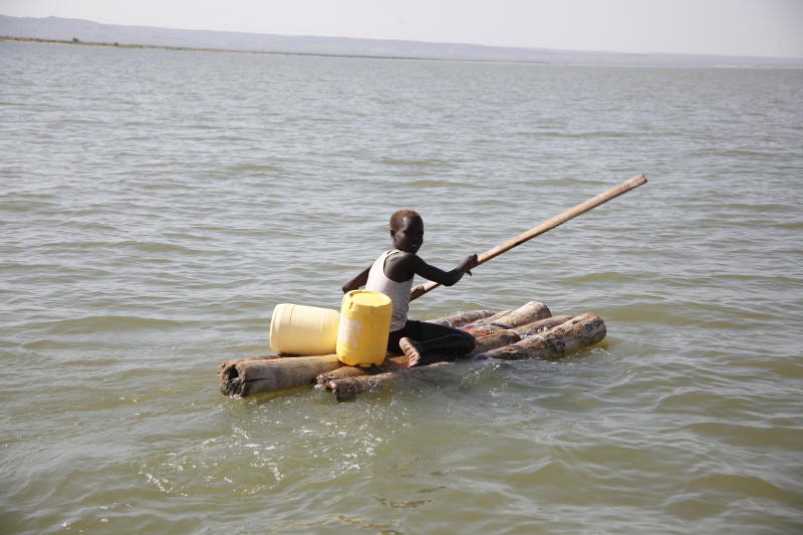
On June 28, UNESCO’s World Heritage Committee added the Lake Turkana National Parks to the list of World Heritage in Danger. The move came in response to the increasing hazards confronting the world’s largest permanent desert lake and its ecosystem, especially with the damming of River Omo by Ethiopia in a development initiative with the potential of limiting Lake Turkana’s main water supply among other “unintended” outcomes.
Lake Turkana joined the World Heritage List in 1997, and was to be included in the list of the World Heritage in Danger in 2011. But the Ethiopian government delayed the intervention with repeated promises to conduct a Strategic Environmental Assessment of the Gibe scheme’s impact. In the meantime, the lake’s levels continued to drop precipitously, as Ethiopia filled the Gibe III dam and diverted River Omo’s waters towards newly established sugar plantations.